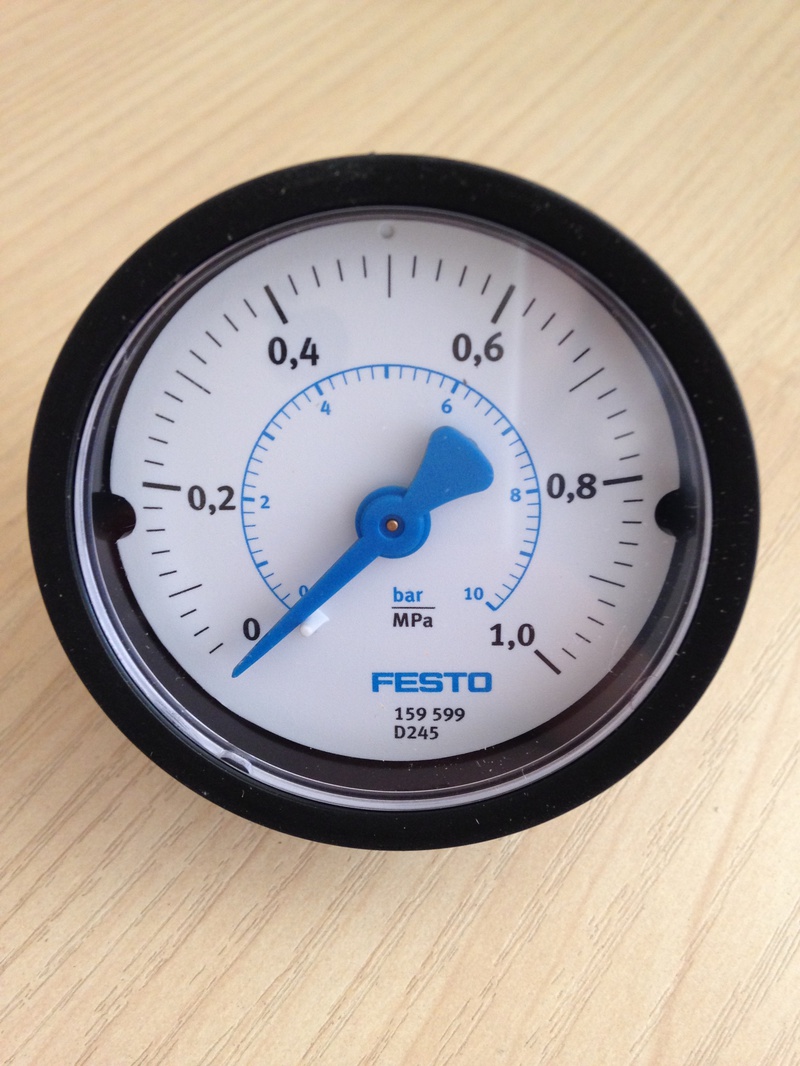

One pascal is the pressure exerted by a force of magnitude one newton perpendicularly upon an area of one square metre.

Where N is the newton, m is the metre, kg is the kilogram, s is the second, and J is the joule. The pascal can be expressed using SI derived units, or alternatively solely SI base units, as:ġ P a = 1 N m 2 = 1 k g m ⋅ s 2 = 1 J m 3 The name pascal was adopted for the SI unit newton per square metre (N/m 2) by the 14th General Conference on Weights and Measures in 1971. The unit is named after Blaise Pascal, noted for his contributions to hydrodynamics and hydrostatics, and experiments with a barometer. In Canada these reports are given in kilopascals. Reports in the United States typically use inches of mercury or millibars (hectopascals). Meteorological observations typically report atmospheric pressure in hectopascals per the recommendation of the World Meteorological Organization, thus a standard atmosphere (atm) or typical sea-level air pressure is about 1013 hPa (pronounced "ten thirteen"). Ĭommon multiple units of the pascal are the hectopascal (1 hPa = 100 Pa), which is equal to one millibar, and the kilopascal (1 kPa = 1000 Pa), which is equal to one centibar. The unit of measurement called standard atmosphere (atm) is defined as 101,325 Pa. The unit, named after Blaise Pascal, is defined as one newton per square metre and is equivalent to 10 barye (Ba) in the CGS system. The pascal (symbol: Pa) is the SI derived unit of pressure used to quantify internal pressure, stress, Young's modulus, and ultimate tensile strength. A pressure gauge reading in psi (red scale) and kPa (black scale)


 0 kommentar(er)
0 kommentar(er)
